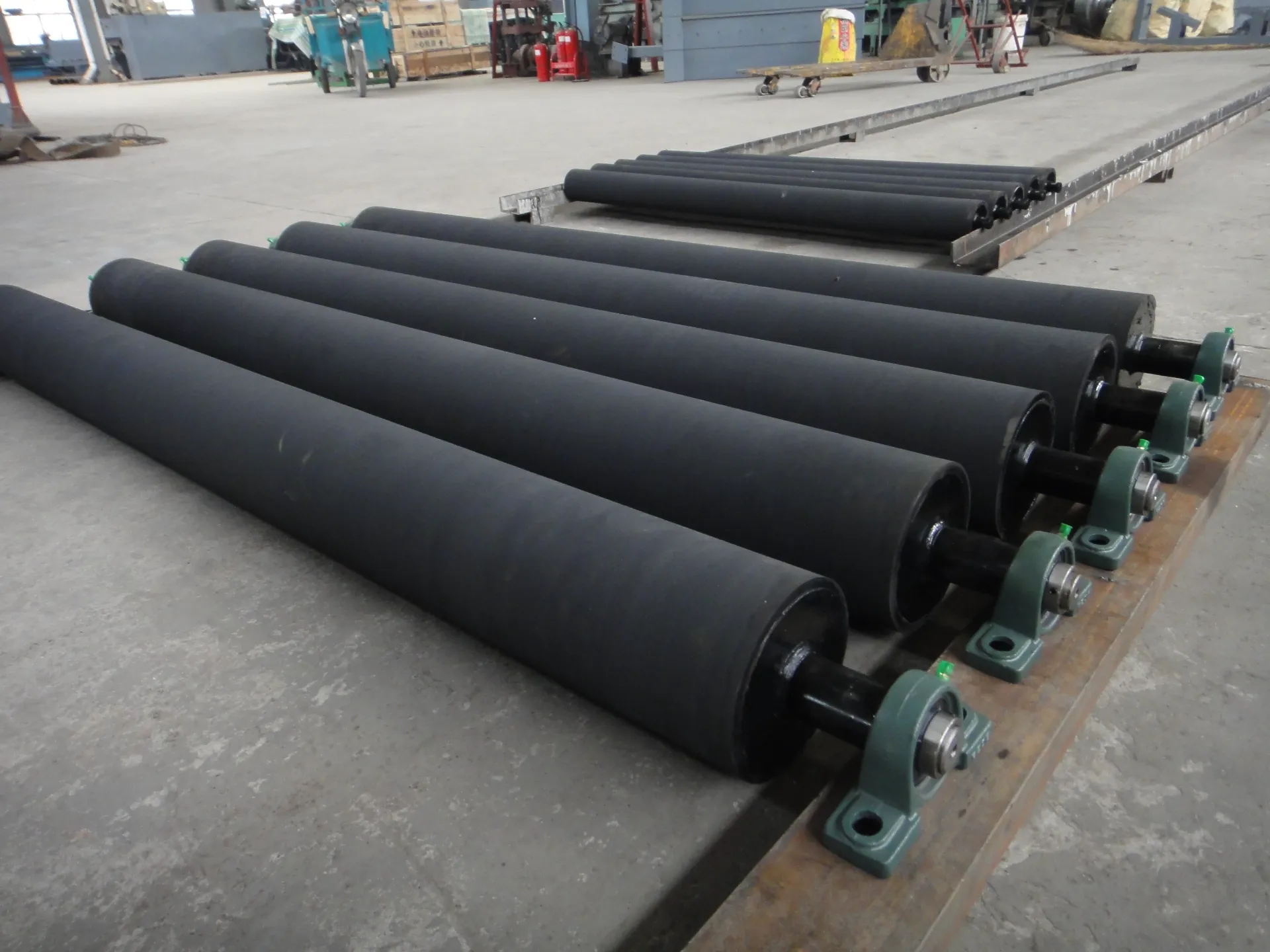 Afrikaans
Afrikaans  Albanian
Albanian  Amharic
Amharic  Arabic
Arabic  Armenian
Armenian  Azerbaijani
Azerbaijani  Basque
Basque  Belarusian
Belarusian  Bengali
Bengali  Bosnian
Bosnian  Bulgarian
Bulgarian  Catalan
Catalan  Cebuano
Cebuano  Corsican
Corsican  Croatian
Croatian  Czech
Czech  Danish
Danish  Dutch
Dutch  English
English  Esperanto
Esperanto  Estonian
Estonian  Finnish
Finnish  French
French  Frisian
Frisian  Galician
Galician  Georgian
Georgian  German
German  Greek
Greek  Gujarati
Gujarati  Haitian Creole
Haitian Creole  hausa
hausa  hawaiian
hawaiian  Hebrew
Hebrew  Hindi
Hindi  Miao
Miao  Hungarian
Hungarian  Icelandic
Icelandic  igbo
igbo  Indonesian
Indonesian  irish
irish  Italian
Italian  Japanese
Japanese  Javanese
Javanese  Kannada
Kannada  kazakh
kazakh  Khmer
Khmer  Rwandese
Rwandese  Korean
Korean  Kurdish
Kurdish  Kyrgyz
Kyrgyz  Lao
Lao  Latin
Latin  Latvian
Latvian  Lithuanian
Lithuanian  Luxembourgish
Luxembourgish  Macedonian
Macedonian  Malgashi
Malgashi  Malay
Malay  Malayalam
Malayalam  Maltese
Maltese  Maori
Maori  Marathi
Marathi  Mongolian
Mongolian  Myanmar
Myanmar  Nepali
Nepali  Norwegian
Norwegian  Norwegian
Norwegian  Occitan
Occitan  Pashto
Pashto  Persian
Persian  Polish
Polish  Portuguese
Portuguese  Punjabi
Punjabi  Romanian
Romanian  Russian
Russian  Samoan
Samoan  Scottish Gaelic
Scottish Gaelic  Serbian
Serbian  Sesotho
Sesotho  Shona
Shona  Sindhi
Sindhi  Sinhala
Sinhala  Slovak
Slovak  Slovenian
Slovenian  Somali
Somali  Spanish
Spanish  Sundanese
Sundanese  Swahili
Swahili  Swedish
Swedish  Tagalog
Tagalog  Tajik
Tajik  Tamil
Tamil  Tatar
Tatar  Telugu
Telugu  Thai
Thai  Turkish
Turkish  Turkmen
Turkmen  Ukrainian
Ukrainian  Urdu
Urdu  Uighur
Uighur  Uzbek
Uzbek  Vietnamese
Vietnamese  Welsh
Welsh  Bantu
Bantu  Yiddish
Yiddish  Yoruba
Yoruba  Zulu
Zulu return idler roller
Understanding Return Idler Rollers A Comprehensive Overview
In various engineering and manufacturing sectors, the use of conveyor systems is vital for the efficient movement of materials and products. One crucial component of these systems is the return idler roller, which plays a significant role in ensuring that belts operate effectively and reliably. This article will delve into the function, design, and maintenance of return idler rollers, emphasizing their importance in conveyor systems.
What is a Return Idler Roller?
A return idler roller is a cylindrical component used in conveyor belt systems that supports the return side of the conveyor belt. Positioned beneath the belt, these rollers help facilitate the smooth motion of the belt as it travels back to the loading zone after delivering materials. The presence of idler rollers is crucial for minimizing friction, reducing wear and tear on the belt, and ultimately ensuring the longevity and effectiveness of the conveyor system.
Function of Return Idler Rollers
The primary function of return idler rollers is to provide support and guidance to the conveyor belt as it returns to the operational area. By maintaining proper tension and alignment, return idler rollers help prevent the belt from sagging or drifting, which can lead to misalignment and operational inefficiencies. Additionally, these rollers aid in reducing the overall friction encountered by the belt, which contributes to lower energy consumption and extends the lifespan of both the belt and the system.
Another critical role of return idler rollers is to enhance the conveyor system's overall reliability. In industries where continuous operation is necessary, such as mining, manufacturing, and logistics, having well-functioning return idler rollers is imperative. Any failure or malfunction can result in downtime, which may significantly impact production and operational efficiency.
Types and Design Considerations
Return idler rollers come in various types and designs, each tailored to specific applications and conditions. The selection of the appropriate type depends on several factors, including the material being conveyed, the environmental conditions, and the required load capacity. The three common types of return idler rollers include
return idler roller

1. Flat Return Idler Rollers These are the most basic type and are commonly used in general applications. They consist of a simple cylindrical shape, allowing for straightforward installation and maintenance.
2. Rubber-Coated Return Idler Rollers Designed for applications that require additional grip and traction, rubber-coated rollers help prevent slippage of the belt, especially in wet or slippery conditions.
3. Impact Return Idler Rollers These rollers are designed to absorb the impact of heavy loads, providing added protection to the belt and the overall system. They are particularly useful in mining and heavy material transport applications.
When designing return idler rollers, several factors must be taken into consideration, such as material strength, resistance to wear and corrosion, and overall stability. The choice of materials plays a crucial role in the performance and longevity of the rollers. Common materials include steel, which offers strength and durability, and plastic, which is lightweight and resistant to corrosion.
Maintenance of Return Idler Rollers
To ensure optimal performance and longevity of return idler rollers, regular maintenance is essential. This includes routine inspections to identify signs of wear and tear, such as damage to the roller surface or misalignment issues. Proper lubrication is also critical to reduce friction and prevent overheating during operation.
Additionally, operators should check the alignment of the conveyor belt regularly. Misalignment can lead to excessive wear on the return idler rollers and affect the entire conveyor system’s performance. If any issues are detected during inspections, prompt repairs should be made to avoid larger, more costly problems down the line.
Conclusion
In summary, return idler rollers are integral components of conveyor belt systems, playing a crucial role in their efficiency and reliability. By understanding their functions, types, and maintenance requirements, operators can ensure that their conveyor systems function effectively, minimizing downtime and maximizing productivity. Investing in high-quality return idler rollers and maintaining them properly is not just a matter of operational efficiency but also a means of safeguarding significant investments in equipment and resources.
-
Revolutionizing Conveyor Reliability with Advanced Rubber Lagging PulleysNewsJul.22,2025
-
Powering Precision and Durability with Expert Manufacturers of Conveyor ComponentsNewsJul.22,2025
-
Optimizing Conveyor Systems with Advanced Conveyor AccessoriesNewsJul.22,2025
-
Maximize Conveyor Efficiency with Quality Conveyor Idler PulleysNewsJul.22,2025
-
Future-Proof Your Conveyor System with High-Performance Polyurethane RollerNewsJul.22,2025
-
Driving Efficiency Forward with Quality Idlers and RollersNewsJul.22,2025





























